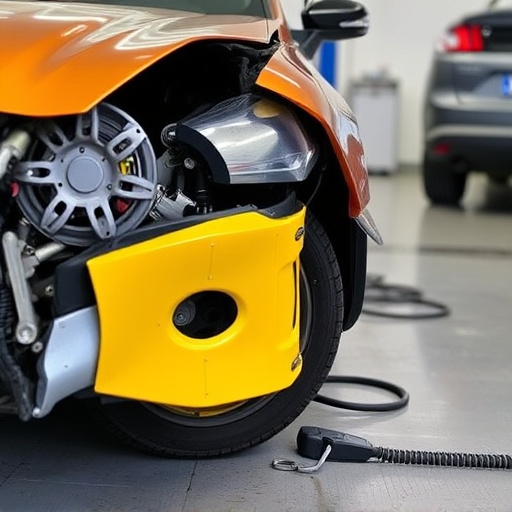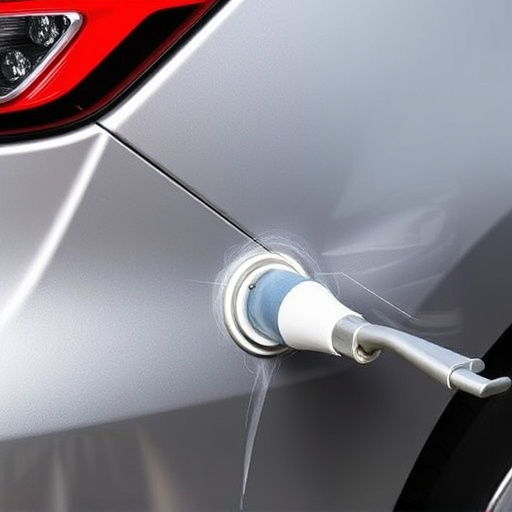Optimise Vision: How Often Should You Get Frame Alignment Service?

Frame alignment service is crucial for vehicle safety and structural integrity, rectifying misalignm…….
Welcome to an in-depth exploration of a crucial concept in the modern digital landscape—Frame Alignment Service. This article aims to demystify this intricate process, offering readers a comprehensive understanding of its purpose, applications, and global impact. By delving into various aspects, from technological advancements to regulatory frameworks, we will uncover how frame alignment service plays a pivotal role in shaping our digital interactions and fostering economic growth.
In today’s interconnected world, where data flows freely across borders, ensuring seamless communication and compatibility is essential. Frame Alignment Service steps into this arena, providing a critical function that aligns digital frames—a metaphorical concept representing data structures and protocols—to enable efficient and secure information exchange. This article will guide you through the intricacies of this service, empowering you with valuable insights by the end.
Frame Alignment Service, at its core, is a specialized technical process designed to synchronize and harmonize digital frames, ensuring they conform to agreed-upon standards. Digital frames are akin to containers that hold data, encompassing various elements like metadata, protocols, and formatting guidelines. These frames facilitate the transfer of information between different systems, applications, or networks.
The primary components of this service include:
The concept of frame alignment emerged as a response to the early challenges of digital communication. In the nascent days of the internet, disparate systems struggled to communicate due to varying data formats and protocols. This led to the development of standardized frameworks, such as TCP/IP, which formed the backbone of modern digital connectivity.
Frame Alignment Service built upon these foundations, addressing the need for more sophisticated alignment mechanisms as digital technologies evolved. Its significance lies in several key areas:
Frame Alignment Service has left a profound impact on the global digital landscape, transcending geographical boundaries. Its influence is evident across various regions, each with unique technological and cultural contexts:
Several key trends are influencing the evolution of Frame Alignment Service:
The Frame Alignment Service market is characterized by a mix of established players and emerging startups, each offering specialized solutions. This competitive landscape has led to significant technological advancements and a diverse range of service offerings:
Investment in frame alignment service has been steady, reflecting the growing recognition of its importance:
This service has a profound economic impact, influencing various sectors:
The field of frame alignment service has witnessed several technological breakthroughs, driving its evolution:
The future holds immense potential for frame alignment service:
The development and deployment of Frame Alignment Service are subject to various policies and regulations, ensuring ethical and secure practices:
Compliance with these regulations presents both challenges and opportunities for service providers:
Despite its immense potential, Frame Alignment Service faces several challenges:
Addressing these challenges requires collaborative efforts and innovative strategies:
In a large healthcare network spanning multiple countries, secure frame alignment service enabled the seamless exchange of patient records. By ensuring data compatibility and privacy, it facilitated collaboration between hospitals, research institutions, and regulatory bodies, ultimately improving patient care and outcomes.
A multinational bank implemented a robust frame alignment system to process cross-border transactions. This service standardized data formats, improved transaction accuracy, and reduced settlement times, leading to cost savings and enhanced customer satisfaction.
In a bustling metropolis, frame alignment played a pivotal role in integrating various city services. By aligning data frames between traffic management systems, energy grids, and public safety networks, the city achieved real-time data sharing, optimizing resource allocation and enhancing urban resilience.
The future holds exciting prospects for frame alignment service:
Several emerging trends will shape the future:
In conclusion, Frame Alignment Service stands as a cornerstone of our digital age, enabling the seamless communication of information across diverse systems and borders. Its evolution has been shaped by technological advancements, global trends, and regulatory frameworks, positioning it as a critical enabler for numerous industries. As we navigate an increasingly interconnected world, this service will continue to play a pivotal role in fostering collaboration, innovation, and economic growth while addressing security and privacy concerns.
Q: What is the primary purpose of Frame Alignment Service?
A: Frame Alignment Service ensures that digital data frames from different systems or networks are compatible and can communicate effectively. It aligns metadata, protocols, and formatting to enable seamless data exchange.
Q: How does frame alignment impact cybersecurity?
A: By implementing robust security protocols, frame alignment helps protect sensitive information during transmission, addressing growing cyber threats. Encryption and access controls ensure data integrity and privacy.
Q: Can you explain the role of AI in frame alignment?
A: Artificial Intelligence, particularly Machine Learning, enhances frame alignment accuracy by learning from vast datasets. AI can identify and correct errors, automate complex tasks, and enable real-time processing.
Q: What are some industry applications of frame alignment service?
A: Frame alignment is crucial in healthcare for secure patient record sharing, financial services for cross-border transaction processing, smart cities for integrating various infrastructure systems, and IoT for managing connected devices.
Q: How does frame alignment contribute to global connectivity?
A: Standardization and interoperability enabled by frame alignment facilitate international data exchange, supporting global business operations, digital diplomacy, and cultural interactions. It bridges the digital divide by improving internet accessibility worldwide.

Frame alignment service is crucial for vehicle safety and structural integrity, rectifying misalignm…….

Frame alignment service is a crucial auto repair process that ensures structural integrity and safet…….

Frame alignment services restore vehicle integrity after damage, ensuring wheels align with chassis…….

A frame alignment service is vital for maintaining vehicle safety and quality. It realigns the car&#…….

Frame alignment service is vital for vehicle safety and integrity after damage. Certified technician…….

Frame alignment service is vital for post-accident vehicle safety and integrity. Choose certified ex…….

Frame alignment service is a vital automotive procedure ensuring structural integrity and safety aft…….

A frame alignment service is a critical repair for cars, ensuring structural integrity by correcting…….